The Slipped Disc daily comfort zone (284): Unravel
mainSuite as it comes.
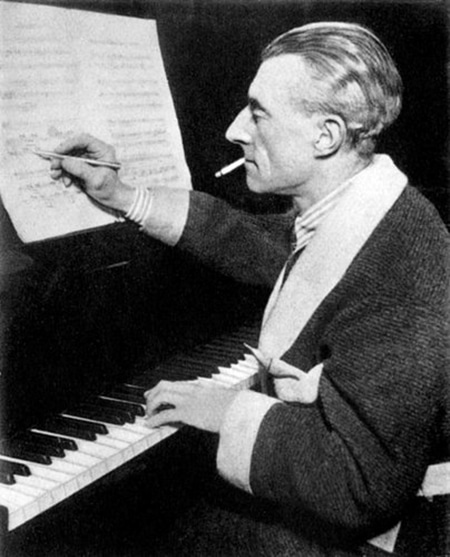
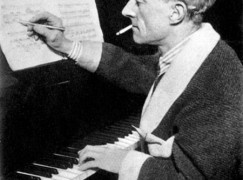
For 38 consecutive years, the Last Night of…
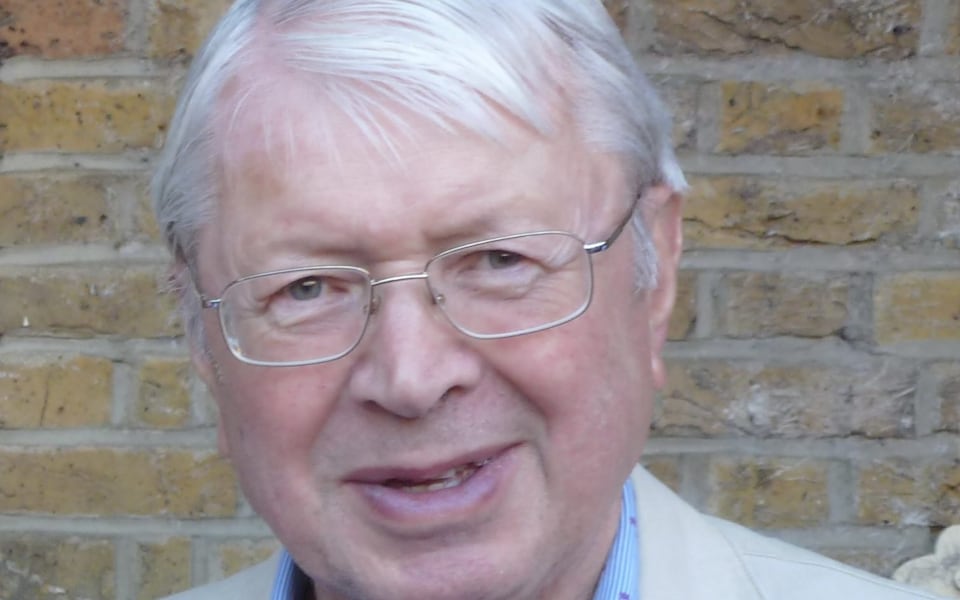
The Concertgebouw’s Mahler festival has its first jump-in….
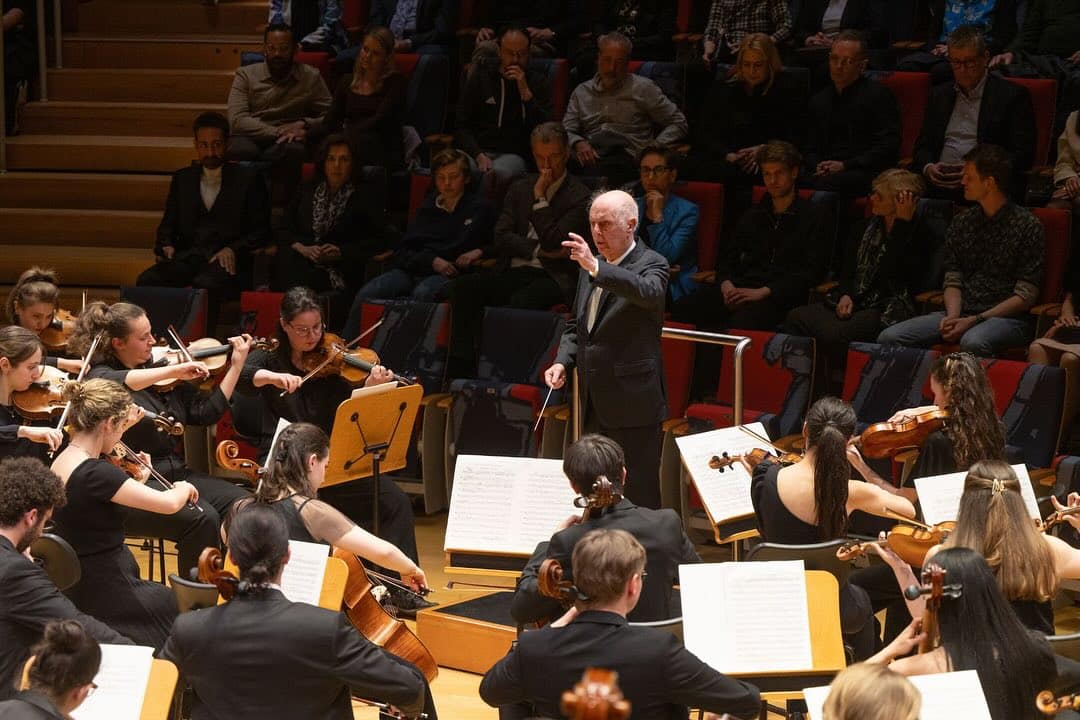
The death has been made known fo Joel…
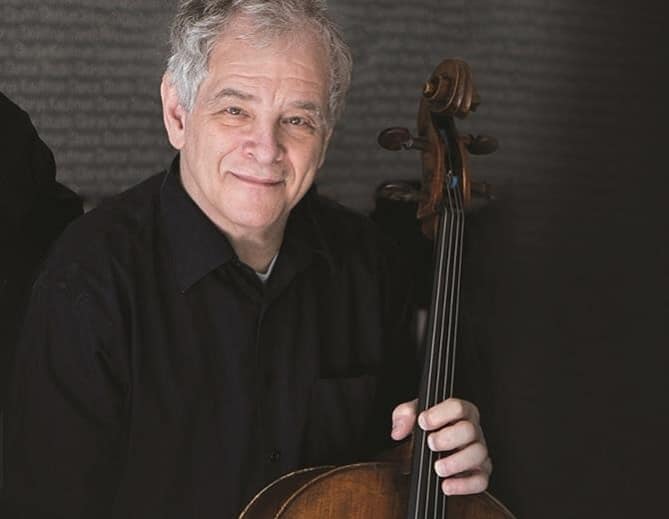
From an interview with BR-Klassik: The world of…

Session expired
Please log in again. The login page will open in a new tab. After logging in you can close it and return to this page.
Comments